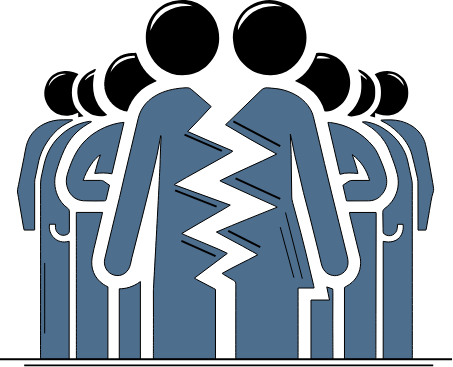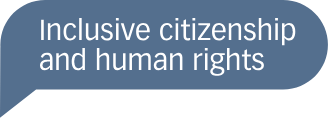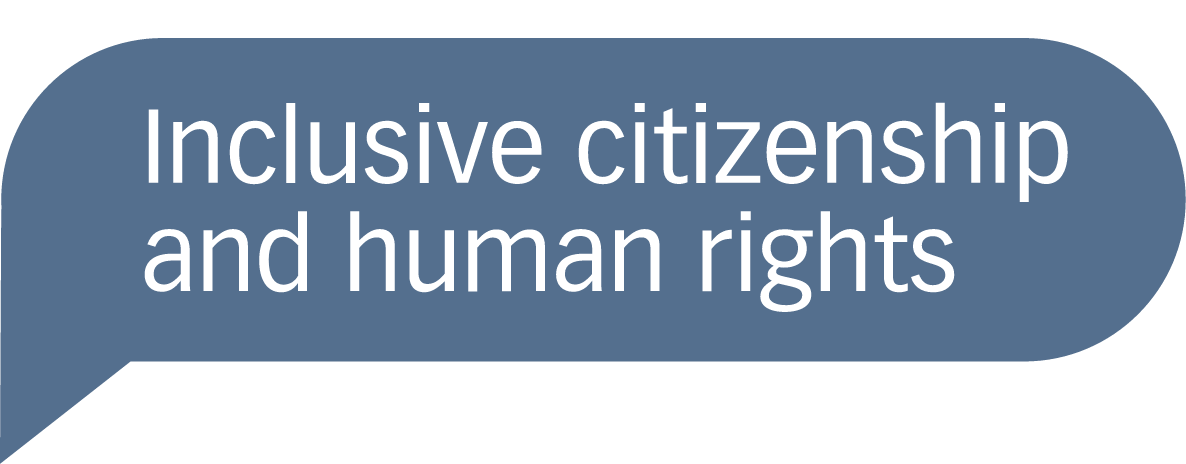Course: Genocide and Group Hostility
Module 2: Group Hostility
What is group hostility and its relevance to genocide? How does it manifest through hate speech?

What is group hostility and its relevance to genocide? This module explores how group hostility emerges and the role of narratives in reinforcing prejudice. By looking at historical and more recent cases of genocide we will explore how group hostility could ultimately lead to dehumanization and eventually legitimize genocide. We will also examine antisemitism and anti-Muslim racism as examples of group hostility.
Dehumanization – a precondition for genocide?
Genocides require substantial planning, preparations, and resources. As a part of preparations for genocide, state actors create or reinforce narratives that portray the target group as sub-human, animalistic, unworthy, or threatening “other”. The intent to destroy a certain population group typically emerges from a political conflict and/or violent ideology.
Past genocides have often been supported by specific rhetoric used against a target group. For example:
- Yazidi (ISIS): Devil worshippers, heretics
- Tutsi (Hutu): animal references (snakes, cockroaches)
- Roma/Jews (Nazi): racially inferior, inherently criminal
Group Hostility and Stereotypes
As part of identity development, we inadvertently advance an “us” versus “them” discourse. Such narratives are often based on religious, ethnic, social, national, or other divides.
Group hostility refers to the systemic and collective attitudes that exclude and discriminate against specific groups, such as those targeted by hate narratives. From racism and antisemitism to homophobia and ableism, these forms of hostility share common roots in dehumanizing narratives and stereotypes.
Group hostility perpetuates prejudice and discrimination, targeting entire communities based on perceptions of shared characteristics. Differentiating between types of hostility allows for more targeted approaches to understanding and addressing the challenges faced by communities as well as individuals.
Narratives about who “we” and “they” are, are often based on religious, ethnic, social, national, or other divides. They may be inclusive or exclusive, positive or negative.
For instance, minority groups encounter a range of online hate narratives that target them based on their religion, nationality , or gender. These discourses frequently employ metaphors, comparisons, and symbols designed to dehumanize or stigmatize members of the groups.
One strategy to counter such rhetoric is the use of counter-narratives. This approach involves presenting stories and messages that directly challenge stereotypes by offering alternative perspectives and fostering a message of inclusion. Hate narratives could be a key driver of group hostility, shaping perceptions and fueling exclusionary attitudes. Understanding these narratives provides insight into how prejudice manifests across different groups, from racial to religious communities.
(To read more: browse the topic Hate speech and media literacy)
A Gender Perspective on Group Hostility
Group hostility can be caused by multiple factors, with gender affecting its probability, severity, and extent.
Hate Speech
Hate speech can negatively impact religious minorities and other groups, undermining their human rights such as religious freedom. However, addressing or preventing hate speech raises the dilemma of balancing it with freedom of expression, which is itself a fundamental human right.
Hate speech may be also be supported or even expressed by state representatives and other political actors. This may inspire hate speech by actors in civil society and give legitimacy for discrimination of vulnerable groups. Ultimately, hate speech may escalate tensions and even lead to the perpetration of mass atrocities.
The United Nations defines hate speech in its 2019 Strategy and Plan of Action on Hate Speech as follows:
“Any kind of communication in speech, writing or behaviour, that attacks or uses pejorative or discriminatory language with reference to a person or a group on the basis of who they are, in other words, based on their religion, ethnicity, nationality, race, colour, descent, gender or other identity factor.”
This definition highlights the diverse forms hate speech can take and underscores the importance of addressing it within specific cultural and contextual frameworks.
Hatred against Religious Groups
Religious minorities are often targeted by group hostility, for instance with Jews facing antisemitism and Muslims experiencing anti-Muslim racism. Such hate speech does not necessarily amount to the dehumanization associated with genocide and other mass atrocities. However, hate speech and other group hostility based on religious and/or ethnic identity can be warning signals towards a potential escalation into atrocity crimes.
- Antisemitism refers to negative attitudes and actions directed against Jewish people, as a collective and as individuals. It has deep historical roots and manifests in various ways., Antisemitism includesing conspiracy theories, stereotypes, and narratives that portray Jewish peoplecommunities as societal, economic and political threats to society.
- Anti-Muslim racism involves prejudice and discrimination targeting individuals or communities perceived to be Muslim. It often relies on narratives that associate Islam with violence or extremism, promoting fear and exclusion of Muslim communities.
(To read more: browse the topic Hate speech and media literacy)
Role of Social Media in hate speech
Online hate speech is a growing challenge, with no single definition universally agreed upon. Definitions of what qualifies as online hate speech often vary, reflecting differences in cultural and legal contexts.
Hate speech on digital platforms often spreads rapidly due to the anonymity and speed of online communication. It can perpetuate hostility toward minority groups, using harmful narratives, symbols, and memes to sow divisions and incite violence.
Combating hate speech and group hostility with media literacy
Knowing how media is produced and how to consume it can help fight online hate speech and group hostility.
Hate speech and education
As a phenomenon, hate speech can emerge early in life, often in social settings like schools and classrooms. Because of this, teachers and educators can step in early on and help lessen potential harm. A way to do so is by challenging and avoiding stereotypes.
Questions for reflection and discussion
- What warning signs associated with religious or ethnic hate speech could indicate a risk of escalation into more severe atrocity crimes?
- How does the process of dehumanization serve as a precondition for genocide, and what are some examples where this has occurred?
- Case study discussion: Can you find expressions from state leaders or others that could be classified as hate speech or even dehumanization? You may look at cases explored in this course (see Module 1) or from public discourse related to recent or ongoing conflicts.
For Educators
- When teaching about group hostility, make sure that no group is presented through stereotypes. All groups are diverse and complex.
- Be careful about presenting individual students as representatives of an entire group.
- Perpetrators are still human despite their actions, so avoid teaching that demonizes them.
- For more information and resources about inclusive citizenship education please see our For Educators page.
Additional Resources
Group hostility and dehumanization
- ICHR topic page: Group Hostility
- Bradshaw, Samantha. 2024. “Disinformation and Identity-Based Violence”. Stanley Center for Peace and Security. (link)
- Hoffmann, Christhard, and Vibeke Moe. 2020. The Shifting Boundaries of Prejudice. Scandinavian University Press. (link)
- Døving, Cora Alexa. 2020. “‘Love Your Folk’: The Role of ‘Conspiracy Talk’ in Communicating Nationalism.” Nomos Verlagsgesellschaft MbH & Co. KG EBooks 7 (January): 189–202. (link)
Hate speech and social media
- ICHR topic page: Hate Speech and Media Literacy
- Bilewicz, Michał, and Wiktor Soral. 2020. “Hate Speech Epidemic. The Dynamic Effects of Derogatory Language on Intergroup Relations and Political Radicalization.” Political Psychology 41 (1). (link)
- Lenz, Claudia, Sanna Brattland, and Lise Kvande, eds. 2016. Crossing Borders: Combining Human Rights Education and History Education. LIT Verlag. (link)
- United Nations. 2019. A/74/486: Report on online hate speech. (link)
- United Nations. 2021. Hate speech ‘dehumanizes individuals and communities’: Guterres. (link)
- Vasist, Pramukh Nanjundaswamy, Debashis Chatterjee, and Satish Krishnan. 2023. “The Polarizing Impact of Political Disinformation and Hate Speech: A Cross-Country Configural Narrative.” Information Systems Frontiers 26 (April): 1–26. (link)
Tools for educators
- Dembra development programs (link)




